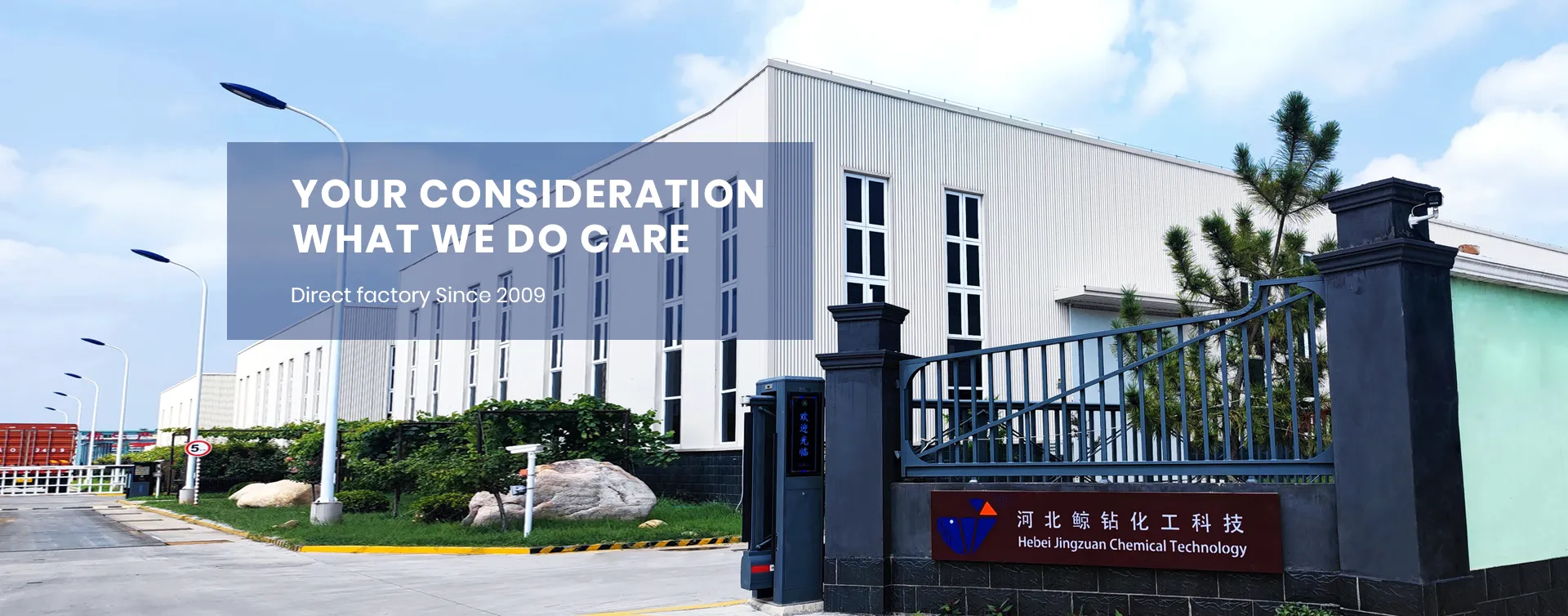
ທ.ວ. . 12, 2024 10:59 Back to list
hpmc applications
HPMC Applications A Versatile Polymer in Modern Industries
Hydroxypropyl Methylcellulose (HPMC) is a semi-synthetic polymer derived from cellulose, a natural polymer found abundantly in plant cell walls. It has gained significant attention across various industries due to its remarkable properties, including water solubility, biocompatibility, and film-forming ability. The versatility of HPMC allows it to be utilized in a wide range of applications, from pharmaceuticals to construction, food products to personal care items.
Pharmaceutical Applications
One of the most prominent applications of HPMC is in the pharmaceutical industry. It is widely used as a binder and film coating agent in tablet formulations. Its ability to form a gel when mixed with water makes it an excellent choice for controlled-release drug delivery systems. This ensures that medications are released slowly over time, improving therapeutic efficacy while minimizing potential side effects.
Moreover, HPMC is a popular excipient in the formulation of capsules. Unlike traditional gelatin capsules, HPMC capsules are suitable for vegetarians and are preferred for those seeking plant-based alternatives. Additionally, HPMC's properties help improve the bioavailability of poorly soluble drugs, enhancing their effectiveness.
Food Industry Applications
In the food sector, HPMC serves multiple functions such as thickening, emulsifying, and stabilizing agents. Its water retention capabilities make it an excellent choice for improving the texture and mouthfeel of various food products. HPMC is commonly found in salad dressings, sauces, and bakery items, assisting in maintaining the desired consistency and enhancing the overall sensory experience for consumers.
As a food additive, HPMC is also used as a fat replacer in light and reduced-fat formulations, providing the creamy texture often desired in these products without the extra calories. Its ability to form films is advantageous in producing edible coatings for fruits and vegetables, thereby extending shelf life and reducing spoilage.
hpmc applications

Construction Industry Applications
The construction industry has also embraced HPMC for its outstanding properties. It is often incorporated into tile adhesives, joint fillers, and plaster compositions. HPMC enhances the workability and adhesion properties of these materials, ensuring they maintain their performance under various conditions. The water retention ability of HPMC allows for longer working times, giving contractors more flexibility during installation.
Furthermore, HPMC is used in dry-mix formulations, providing high performance with lower water requirements. This not only leads to reduced environmental impact but also enhances the safety of construction operations by minimizing dust emissions.
Personal Care and Cosmetic Applications
In the realm of personal care and cosmetics, HPMC is lauded for its thickening and stabilizing properties. It is commonly found in lotions, creams, and shampoos, improving product texture and ensuring uniform dispersion of active ingredients. HPMC also acts as a film-forming agent, providing a smooth application and enhancing the sensory experience for users.
The polymer’s biocompatibility makes it an attractive choice for various skin contact products, ensuring safety and comfort for consumers. Additionally, HPMC is often utilized in formulating water-based nail polishes and coatings, enhancing their durability and aesthetic appeal.
Conclusion
In conclusion, Hydroxypropyl Methylcellulose (HPMC) is a remarkable polymer with diverse applications across multiple industries. Its unique properties make it an invaluable component in pharmaceuticals, food products, construction materials, and cosmetic formulations. As industries continue to evolve and seek innovative solutions, the demand for HPMC is likely to grow, reinforcing its significance in both everyday products and specialized applications. As sustainability becomes increasingly critical, the use of HPMC—derived from renewable cellulose—presents an eco-friendly alternative that aligns with modern consumer preferences and industry standards, paving the way for a future where HPMC continues to play an essential role in the formulation of diverse products.
-
Versatile Hpmc Uses in Different Industries
NewsJun.19,2025
-
Redispersible Powder's Role in Enhancing Durability of Construction Products
NewsJun.19,2025
-
Hydroxyethyl Cellulose Applications Driving Green Industrial Processes
NewsJun.19,2025
-
Exploring Different Redispersible Polymer Powder
NewsJun.19,2025
-
Choosing the Right Mortar Bonding Agent
NewsJun.19,2025
-
Applications and Significance of China Hpmc in Modern Industries
NewsJun.19,2025







